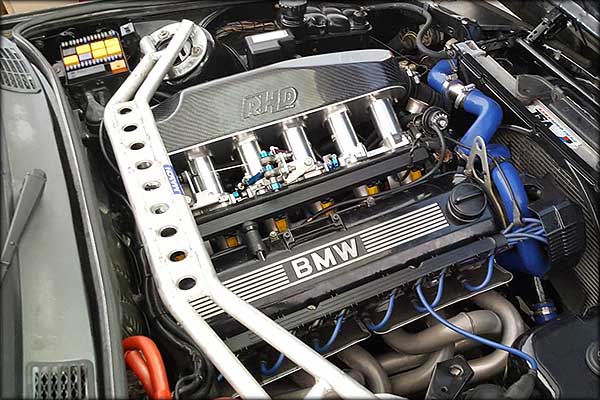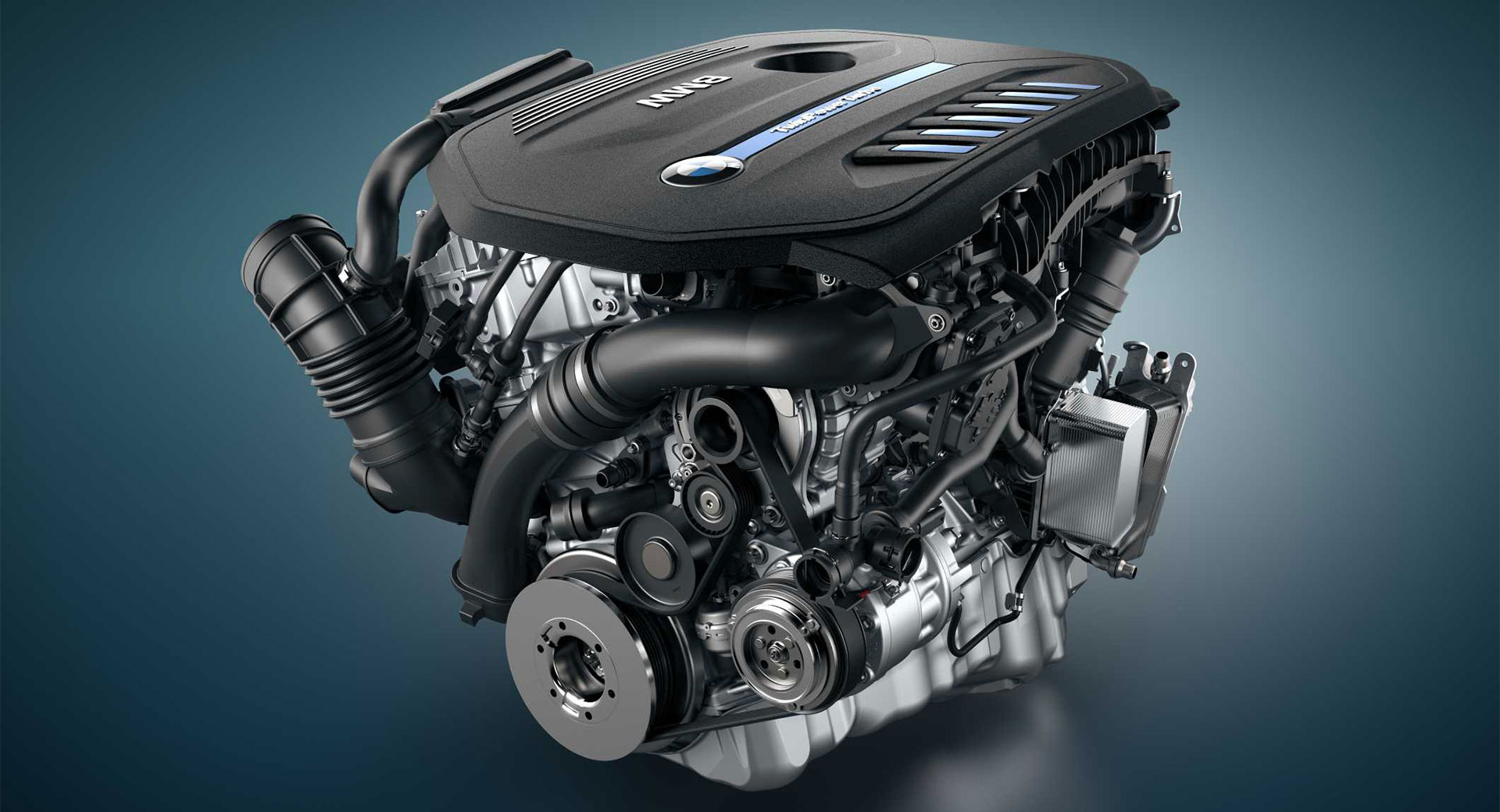Exactly how to Maintain Your BMW Engine for Optimum Performance and Longevity
Exactly how to Maintain Your BMW Engine for Optimum Performance and Longevity
Blog Article
Exploring the Evolution of Combustion Engines in Modern Transport Systems
As we navigate the landscape of contemporary transport, the evolution of combustion engines stands as a testimony to human resourcefulness and design prowess. From their humble beginnings to the innovative giants propelling vehicles today, combustion engines have gone through an exceptional journey of innovation and adaptation. Comprehending the intricacies of this advancement not only clarifies the past but also leads the way for picturing what lies ahead in the realm of transport modern technology. The interplay of history, modern technology, and environmental concerns in shaping the trajectory of combustion engines develops a narrative that is both engaging and insightful.
Very Early Beginnings of Combustion Engines
How did the idea of combustion engines first arise in the very early stages of transportation advancement? The roots of burning engines can be mapped back to the 17th century when the concepts of interior combustion were first explored. In 1673, Christian Huygens conceived a standard interior combustion engine that made use of gunpowder to generate power. Nonetheless, it had not been until the late 19th century that useful applications of combustion engines in transportation began to emerge.
The innovation moment featured the creation of the initial successful gasoline-powered engine by Karl Benz in 1885 - bmw engine. This engine led the way for the advancement of the modern-day automobile, reinventing transport systems worldwide. Subsequent advancements by Nikolaus Otto and Gottlieb Daimler additionally fine-tuned burning engine technology, resulting in the mass production of automobiles and the fast growth of the transportation sector
These early combustion engines were identified by their simpleness and effectiveness, laying the structure for the facility and effective engines used in modern-day transportation systems. The evolution of burning engines has actually been important in forming the method we travel and move products, noting a considerable landmark in the background of transportation development.
Shift to Internal Combustion Technology
The change to interior combustion modern technology noted a crucial change in the advancement of transportation systems. This change began in the late 19th century, with developers like Nikolaus Otto and Gottlieb Daimler establishing the first successful internal combustion engines. These engines revolutionized transport by supplying a more powerful and efficient choice to heavy steam engines and electrical motors.
Among the crucial benefits of interior combustion engines was their capability to be reduced to suit cars, resulting in the development of motorbikes and vehicles. This change from bulky, stationary engines to small, mobile ones led the way for the modern-day transport systems we see today.
The transition to inner combustion technology likewise spurred advancements in gas modern technology, bring about the advancement of gas and diesel as key gas sources for lorries. This change not just made transport much more easily accessible to the masses yet likewise laid the structure for the oil and gas industry to end up being essential to worldwide economies.
Influence of Combustion Engines on Transportation
The adoption of burning engines in transportation systems catalyzed a profound change in the performance and rate of international movement. Combustion engines reinvented transportation by supplying a trusted and versatile source of power for numerous automobiles, consisting of autos, airplanes, ships, and trucks. This development considerably boosted the capacity for products and people to conform cross countries in much shorter timespan, causing raised connectivity between regions and countries.
Furthermore, the prevalent use combustion engines has had a substantial impact on financial growth. The ability to transport goods efficiently has stimulated profession and business, allowing companies to expand their look at here now markets and reach customers worldwide. This has assisted in economic growth and globalization, as items can now be transferred faster and in bigger amounts than ever before.
Nonetheless, the ecological influence of burning engines can not be forgotten. The combustion of fossil fuels has actually resulted in air pollution and greenhouse gas exhausts, adding to environment change and presenting wellness threats to populaces. bmw engine. As an outcome, there is an expanding emphasis on creating alternative propulsion innovations to alleviate these unfavorable effects and create a more sustainable future for transportation
Developments in Combustion Engine Layout
Various improvements in combustion engine style have moved the evolution of transportation systems over the years. One notable technology is the growth of turbocharged engines, which make use of exhaust gases to drive a turbine that compresses incoming air, enabling for more fuel to be scorched, causing increased power output without a substantial boost in engine dimension. Furthermore, straight shot innovation has actually enhanced fuel effectiveness and performance by specifically regulating the quantity and timing of gas infused right into the burning chamber. Variable shutoff timing systems have also reinvented engine design by enhancing airflow at different engine rates, improving both power and efficiency. Another considerable development is the integration of lightweight products such as carbon fiber and aluminum alloys, minimizing overall engine weight and enhancing car gas economy. In addition, developments in computer-aided style have actually allowed engineers to optimize engine performance and performance with simulations prior to physical models are developed, saving time and resources in the advancement process. These developments jointly add to the continuous enhancement of combustion engines in contemporary transportation systems.
Future Trends in Combustion Engine Development
With modern technology improvements driving continual innovation, the future of combustion engine growth is positioned to reinvent transport systems internationally. Among the essential patterns in combustion engine growth is the push in the direction of better performance and decreased emissions. Suppliers are spending heavily in research and advancement to improve engine performance while meeting rigorous ecological policies. This consists of the combination of innovative click to read more fuel shot systems, enhanced turbocharging techniques, and making use of light-weight materials to enhance gas consumption and minimize carbon discharges.
An additional popular trend is the adoption of hybrid innovations in combustion engines. Crossbreed engines combine standard burning technology with electrical power, offering improved fuel performance and reduced discharges. As the vehicle market shifts towards electrification, crossbreed combustion engines are seen as a transitional solution that connects the space between traditional cars and totally electrical ones.
In addition, the combination of clever modern technologies, such as fabricated knowledge and information analytics, is anticipated to play a substantial role in the future of combustion engine growth. These innovations can optimize engine efficiency in real-time, bring about a lot more efficient combustion procedures and boosted general car efficiency. Embracing these future fads will not just drive technology in combustion engine advancement but also contribute to a much more lasting and eco-friendly transportation community.

Final Thought
To conclude, the evolution of combustion engines in contemporary transport systems has actually been noted by considerable advancements in technology and layout. From the very early starts of combustion engines to the transition to interior burning technology, these engines have had an extensive effect on transport. Technologies in burning engine layout remain to drive development in this field, with future fads concentrating on additional improving performance and reducing discharges. The future of burning engines in transportation looks promising Recommended Reading as r & d efforts remain to press boundaries.
The origins of combustion engines can be traced back to the 17th century when the principles of inner burning were initial explored. These engines transformed transportation by offering an extra reliable and effective alternative to heavy steam engines and electrical motors.

Report this page